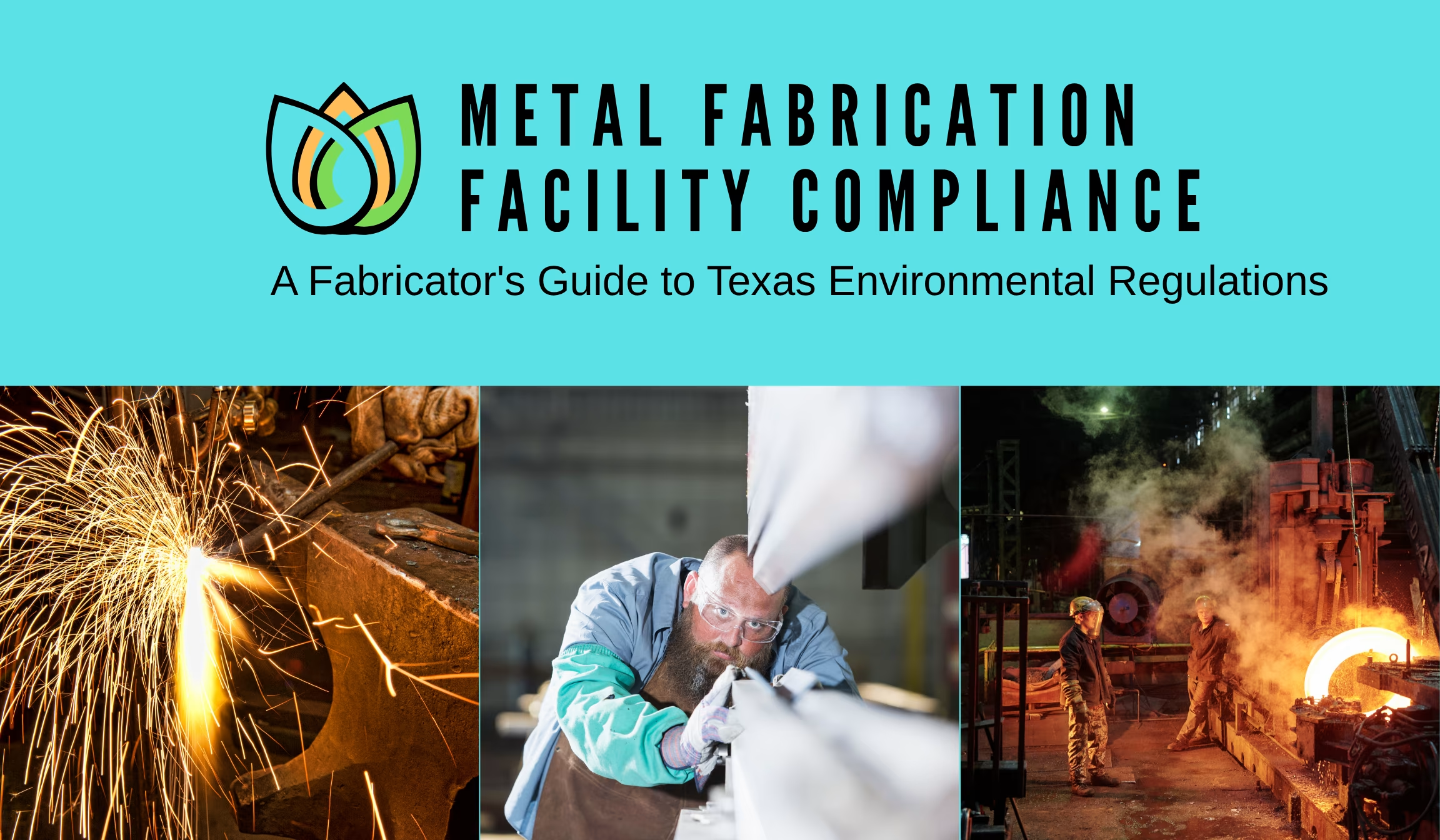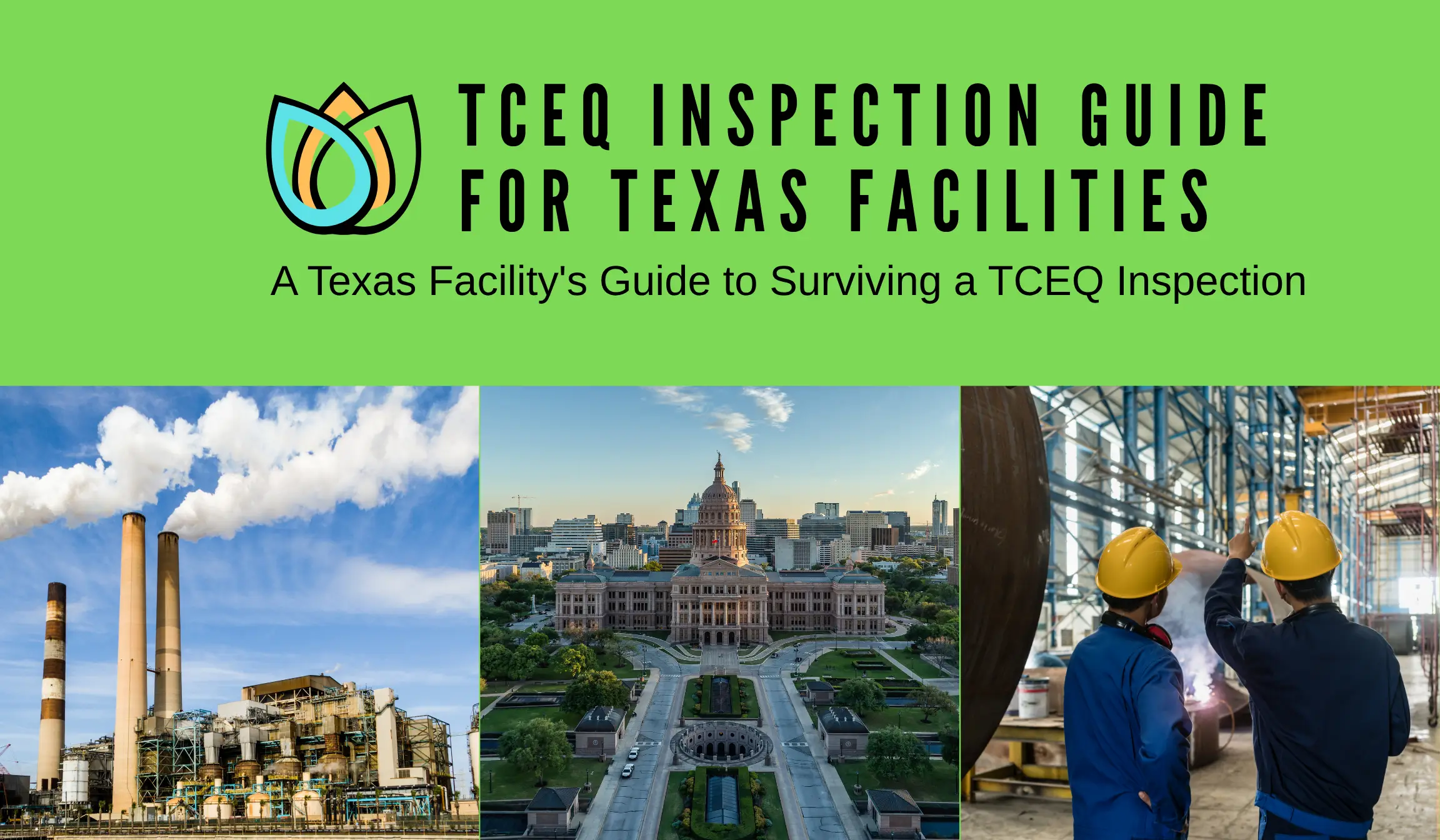TEXAS REAL ESTATE DUE DILIGENCE
A Texan's Guide to Phase I ESA Findings: Decoding REC, CREC, & HREC
Your Phase I ESA report is in, but the acronyms are confusing. We break down what these critical findings mean for your property transaction in the context of TCEQ regulations.

Confused by Your Report?
This guide is a great start, but every property is unique. Use our free interactive tool to walk through your specific findings and understand the recommended next steps for your Texas property.
Launch Interactive GuideThe Three Key Findings: REC vs. CREC vs. HREC
What Your Report is Really Telling You
Your Phase I ESA report culminates in identifying potential environmental risks. These are categorized into three distinct findings according to the ASTM E1527-21 standard. Understanding them is the first step to assessing your property's environmental health.
🚨Recognized Environmental Condition (REC)
This is a major red flag. It means there's a presence or likely presence of hazardous substances or petroleum products, indicating a past, present, or potential future release.
Common Texas Examples:
- An old, undocumented underground storage tank (UST) at a former gas station in Dallas.
- Stained soil near a former auto repair shop in San Antonio.
- A property adjacent to a Houston-area industrial facility with known groundwater contamination.
- Historical pesticide use on agricultural land in the Rio Grande Valley.
What It Means For You:
A REC signals a high potential for contamination and liability. It doesn't confirm it, but it strongly suggests the need for physical testing. This finding will almost certainly be a point of concern for lenders and is the primary trigger for recommending a Phase II ESA.
🚧Controlled REC (CREC)
This is a "managed" risk. It's a known contamination issue that has been addressed, but with hazardous substances allowed to remain in place under specific engineering or institutional controls.
Common Texas Examples:
- A property within a Municipal Setting Designation (MSD) in Austin, which prohibits using shallow groundwater for drinking.
- A site with a TCEQ-approved Activity and Use Limitation (AUL) filed in county deed records, requiring a concrete cap to be maintained.
- A property with a conditional "No Further Action" letter that requires periodic monitoring.
What It Means For You:
You are inheriting an ongoing responsibility. Failure to maintain these controls can result in reopening the case with the TCEQ and significant liability. This can impact property value, insurance, and future development plans.
✅Historical REC (HREC)
This is a resolved issue. It refers to a past release that has been cleaned up to the satisfaction of the TCEQ for unrestricted use, meaning no controls are needed.
Common Texas Examples:
- A former Leaking Underground Storage Tank (LUST) site that received a final "No Further Action" letter from the TCEQ.
- A documented spill that was cleaned up and closed under regulatory oversight years ago.
What It Means For You:
An HREC is generally considered low-risk. It provides historical context but is not expected to pose a current threat or require further action. However, your consultant should still verify that the past cleanup meets today's more stringent standards.
Common Sources of RECs in Texas
A Visual Breakdown
Recognized Environmental Conditions don't appear out of nowhere. They are tied to specific historical and current land uses. In Texas, with its diverse industrial, commercial, and agricultural landscape, certain property types are more likely to trigger a REC finding.
Top REC-Associated Property Types in Texas
Analysis based on Peace Environmental's project data across Texas. The presence of these businesses, past or present, significantly increases the likelihood of a REC being identified in a Phase I ESA.
Navigating the TCEQ Maze
Your Path to Liability Protection
When a REC is confirmed by a Phase II ESA, you're not left without options. The TCEQ offers robust programs designed to facilitate the cleanup and redevelopment of contaminated properties while providing crucial liability protection to new owners.
Key TCEQ Liability Relief Programs
Voluntary Cleanup Program (VCP)
The most common path for non-responsible parties. You voluntarily clean the site to TCEQ standards and in return, receive a Certificate of Completion, protecting you and future owners from state liability for past contamination.
Innocent Owner/Operator Program (IOP)
For buyers who performed proper due diligence (a compliant Phase I ESA) before purchase. An Innocent Owner/Operator Certificate (IOC) provides a legal defense against cleanup liability from the state.
Action Item
Engaging with the TCEQ early is key. Both the VCP and IOP require specific application processes and timelines. Consulting with an environmental professional who has experience with these Texas-specific programs is essential to securing these valuable protections.
What Happens Next? A Step-by-Step Decision Guide
Phase I ESA Complete
Your initial report is delivered.
REC Identified?
The report flags a potential issue.
No REC Found
Proceed with the transaction, but remain mindful of non-scope risks (asbestos, lead paint, etc.).
Recommend Phase II ESA
Collect soil, groundwater, or vapor samples for lab analysis.
Contamination Confirmed?
Lab results are compared to TCEQ Protective Concentration Levels (PCLs).
No Contamination Above PCLs
Risk is low. Document findings and proceed.
Contamination Confirmed
Evaluate options: Negotiate cleanup costs, enter a TCEQ program (VCP/IOP), or implement risk-based controls.
Frequently Asked Questions
What is the difference between a REC and a CREC?
A REC is a *potential* issue needing investigation. A CREC is a *known* issue with contamination left in place under specific regulatory controls (like a deed restriction), which carries ongoing management responsibilities.
Does a 'No RECs' finding mean a property is completely clean?
Not necessarily. A Phase I ESA is non-invasive and has limitations. It doesn't test for non-scope issues like asbestos, lead paint, or mold, which can still be significant liabilities.
What is the TCEQ's Voluntary Cleanup Program (VCP)?
The VCP allows parties who did not cause contamination to voluntarily clean a site under TCEQ oversight. Upon completion, the TCEQ issues a Certificate of Completion, releasing future owners and lenders from liability to the State for that specific cleanup.
How does a Municipal Setting Designation (MSD) affect my property?
An MSD is a city ordinance that restricts the use of shallow groundwater for drinking. This can simplify cleanup for groundwater contamination by removing that exposure pathway, often resulting in a CREC where contamination remains but its risk is managed.
What should I do if my Phase I ESA identifies a REC?
The standard next step is to conduct a Phase II ESA. This involves collecting physical samples (soil, groundwater, vapor) to confirm or deny the presence of contamination and determine its extent. The results of the Phase II will guide negotiations and decisions about cleanup and liability.

Navigate Your Texas Real Estate Deal with Confidence
Peace Environmental has conducted hundreds of Phase I and Phase II ESAs across Texas. We understand the local regulatory landscape and deliver fast, clear reports so you can make informed decisions and keep your transaction on track.
Contact Us for a Free Consultation

